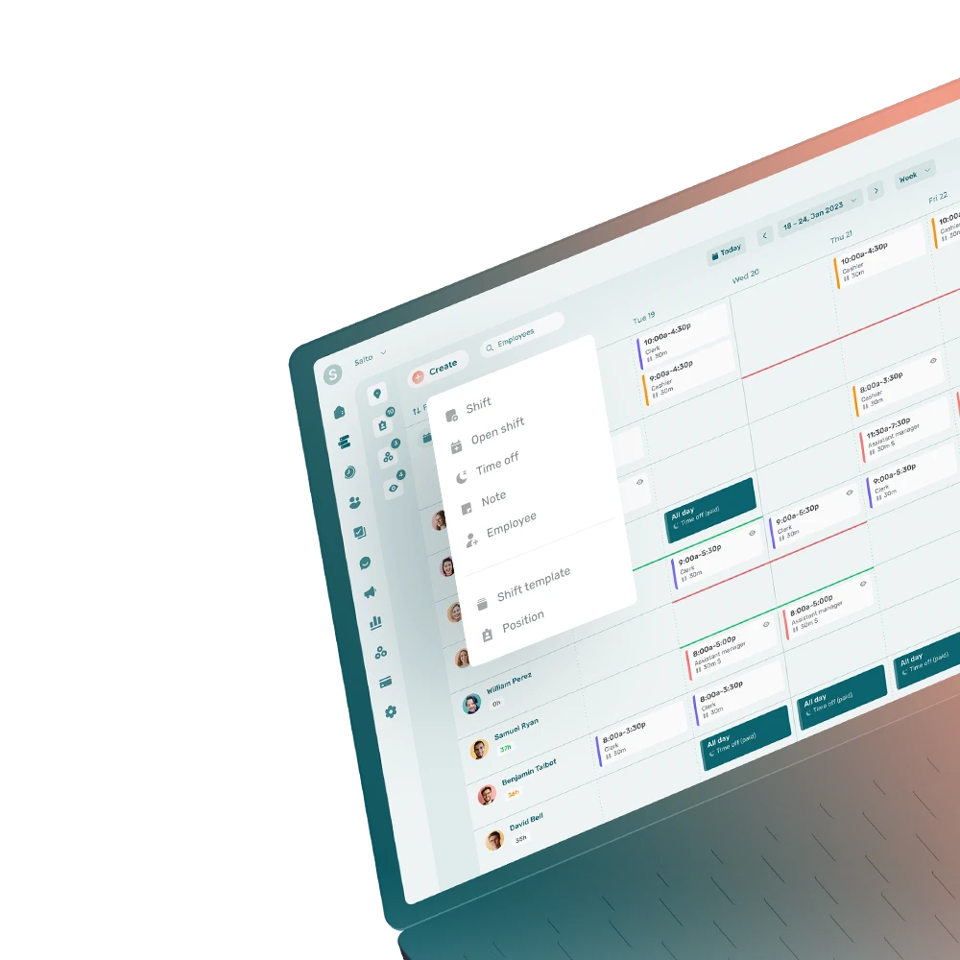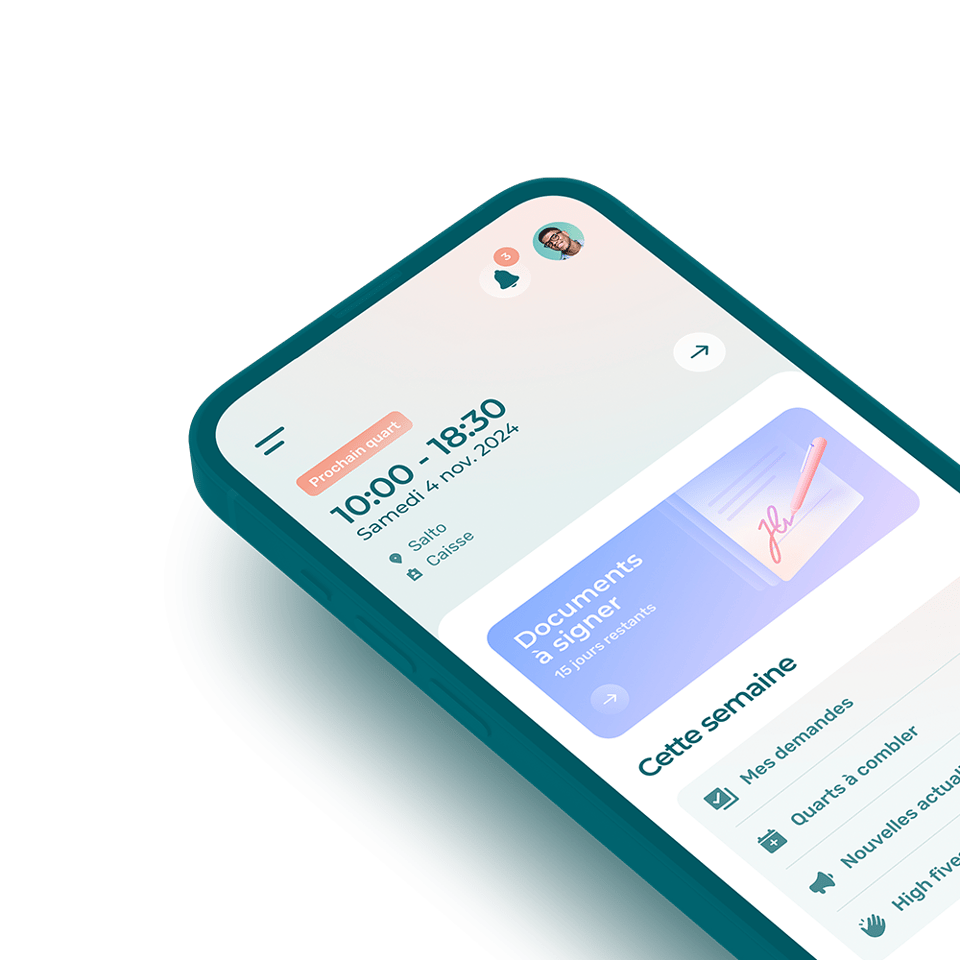Active listening is a communication technique that consists in listening to the other person attentively rather than prescriptively, so that the person may express freely their thoughts.
What Are the Advantages of Active Listening?
The advantages of active listening at work include:
- Creating an atmosphere of trust
- Encouraging different opinions
- Solidifying relationships between employees and managers
- Avoiding conflicts
- Improving communication
What Are the Techniques and Tools of Active Listening?
The techniques and tools generally used for active listening include:
- Intentionally listening to the person speaking without being distracted, and reacting with reserve to what they are saying
- Observing the non verbal language of the person: taking in consideration their gestures and expressions to better understand what they are conveying
- Reformulating their thoughts to be sure one has understood correctly and repeating their statements in one’s own words
- Establishing eye contact
- Allowing pauses and time for the person to clearly express their thoughts
- Not interrupting
- Asking open questions: encouraging the person to develop their ideas
How to Improve One’s Own Active Listening as a Manager?
There are several techniques to improve one’s active listening as a manager, such as:
- Being more empathetic toward employees: trying to put oneself in their place to better understand their point of view
- Being authentic and well-meaning during interactions
- Instilling an atmosphere of trust: being open to the ideas of the person speaking
- Avoiding to be passive or to be judgmental
- Practicing by doing exercises with colleagues; role playing with staged situations
- Working on one’s own emotional intelligence
In What Situations Can We Use Active Listening?
Active listening can be used many different professional environment situations, such as:
- A professional interview
- An annual performance review
- A job interview
- A one-on-one meeting
- A meeting
- A negotiation
- A meeting with a customer
- Constructive feedback
What Are the Different Types of Listening?
There are 7 types of listening:
- Informational listening requires very high concentration and receptiveness so as to learn new concepts. It is used during training for example.
- Discriminative listening refers to listening focused on tone of voice and sound modulations rather than on the words themselves. It is helpful in better understanding the person’s intention.
- Projective listening or selective listening means that the person only remembers what they want to hear. This type of listening can create a distortion of the information, and conflicts.
- Compassionate listening requires concentration on emotions. It is helpful in understanding what the other person really feels.
- Global listening means understanding what a person is saying verbally. It is the contrary of discriminative listening.
- Empathetic listening is being able to imagine oneself in the other’s position to better understand their point of view.
- Critical listening refers to a type of listening that makes it possible to evaluate the other person’s words in addition to understanding them. This type of listening makes it possible to better analyze complex situations.
Active listening includes elements of global listening, empathetic listening, and compassionate listening. It can also include elements of critical listening.




